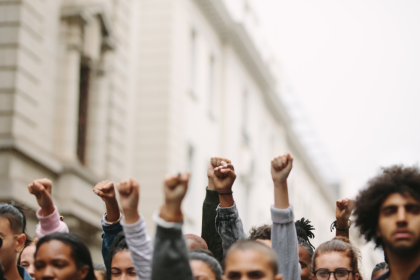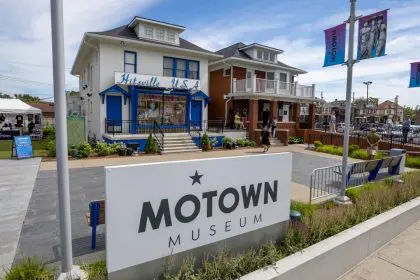On Dec. 7, a significant historical marker was unveiled in Huntsville, Alabama, commemorating the tragic lynching of Robert Mosley, a 16-year-old Black boy who was murdered in 1890. This marker stands as a testament to the ongoing efforts to confront and acknowledge the painful history of racial violence in America.
The tragic story of Robert Mosley
Robert Mosley was brutally killed after a white woman accused him of a heinous crime — allegedly burying her alive. This accusation ignited a mob of over 500 white citizens who took the law into their own hands, resulting in a horrific act of vigilante justice. Mosley was hanged from a tree, and his body was discarded nearby, a chilling reminder of the racial terror that plagued the Jim Crow South.
A collaborative effort for remembrance
The installation of the historical marker was a collaborative initiative between the Madison County Remembrance Project and the Equal Justice Initiative. David Person, a co-founder of the Madison Remembrance Project, emphasized that this marker is part of a broader effort to install similar markers at sites where at least ten people have been lynched in Madison County.
Preserving difficult histories
Carl Cooney, a member of the Prince Hall Masons of Alabama, spoke about the necessity of preserving and sharing these difficult stories. Cooney believes that acknowledging these dark chapters in American history is crucial for fostering unity and healing within the community.
A 7-year journey to commemoration
The journey to erect the monument was not easy; it took seven years of dedicated work. Person expressed that this effort holds enormous value, not only documenting a horrific historical occurrence but also providing an opportunity for the community to reckon with its past.
The broader context of lynching in America
According to the Equal Justice Initiative, lynching in America was a tool used to enforce racial exploitation and maintain white supremacy. The Reconstruction era was marked by violence, with tens of thousands of individuals killed in racially motivated acts. The legacy of these atrocities continues to affect communities today, making it essential to confront this history openly.
A call for healing and acknowledgment
Donald Yamamoto-McCrary, a Huntsville resident, shared his thoughts on the importance of acknowledging such wounds in order to heal. He believes that markers like the one for Mosley serve as vital reminders of the past. He advocates for kindness and understanding among neighbors, regardless of their backgrounds.
Moving forward together
The unveiling of the historical marker for Robert Mosley is a significant step towards acknowledging the painful history of racial violence in America. It serves as a reminder of the atrocities committed in the name of racial supremacy and the importance of remembering those who suffered. As communities work together to confront their past, they pave the way for healing and unity in the future.

















